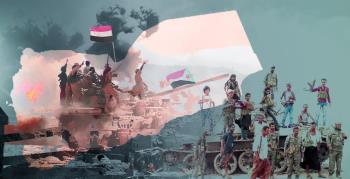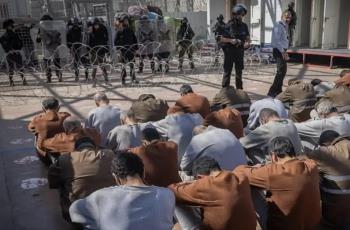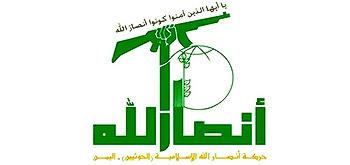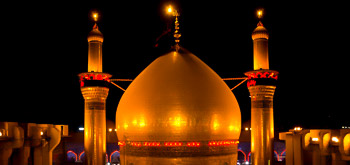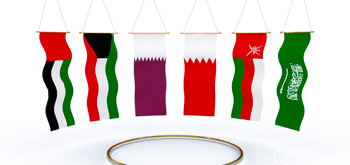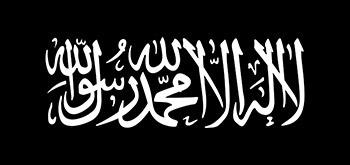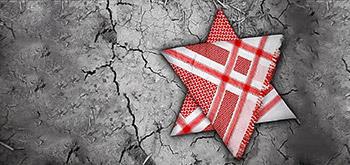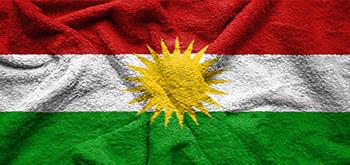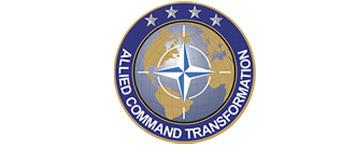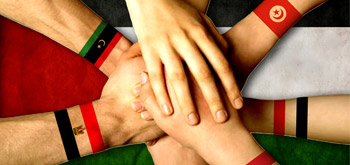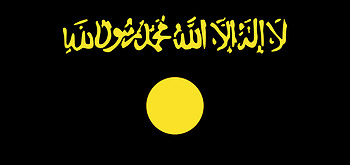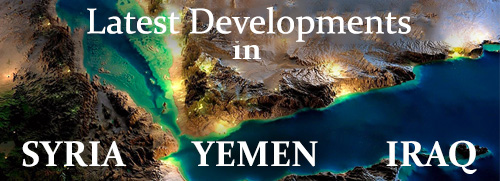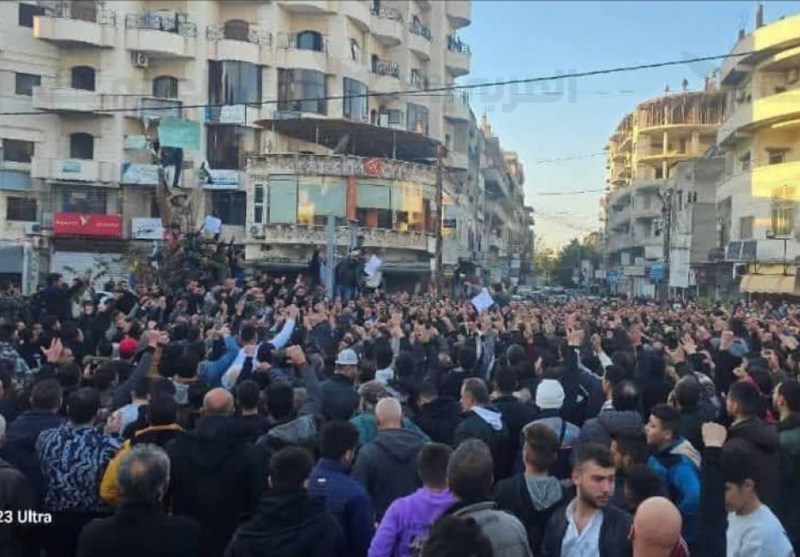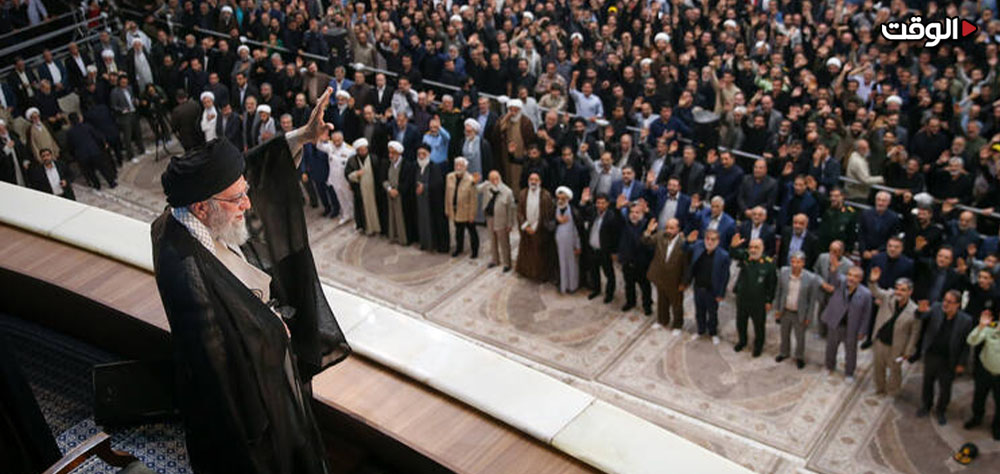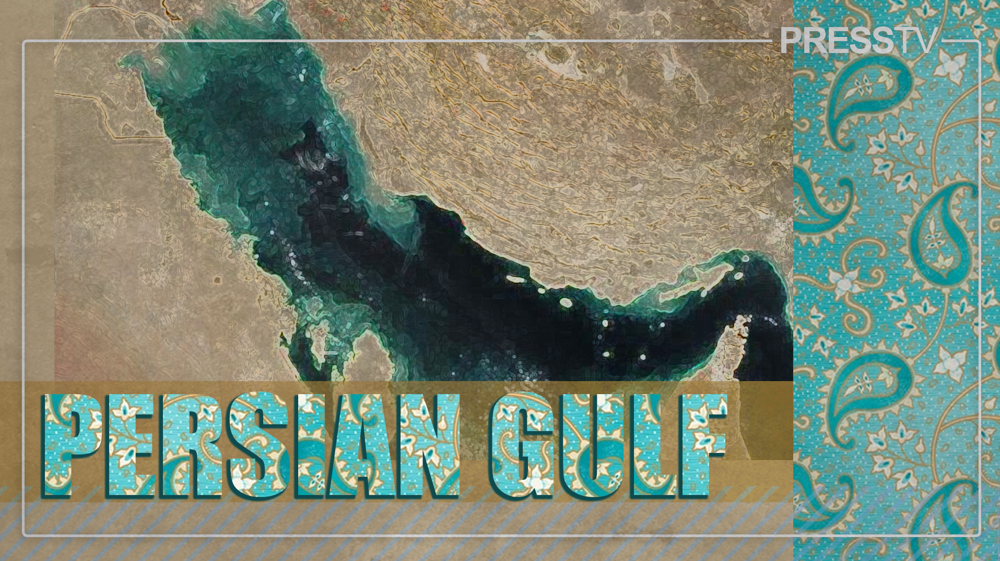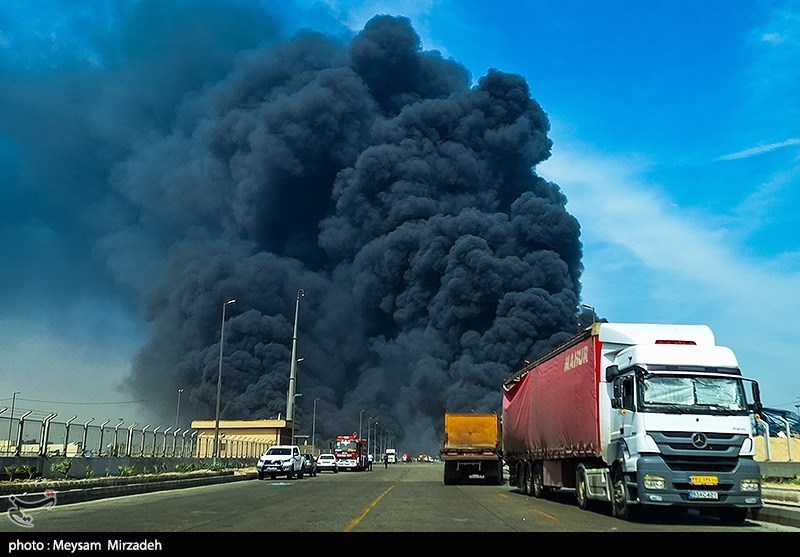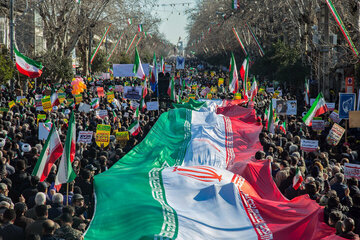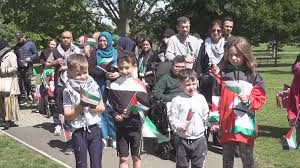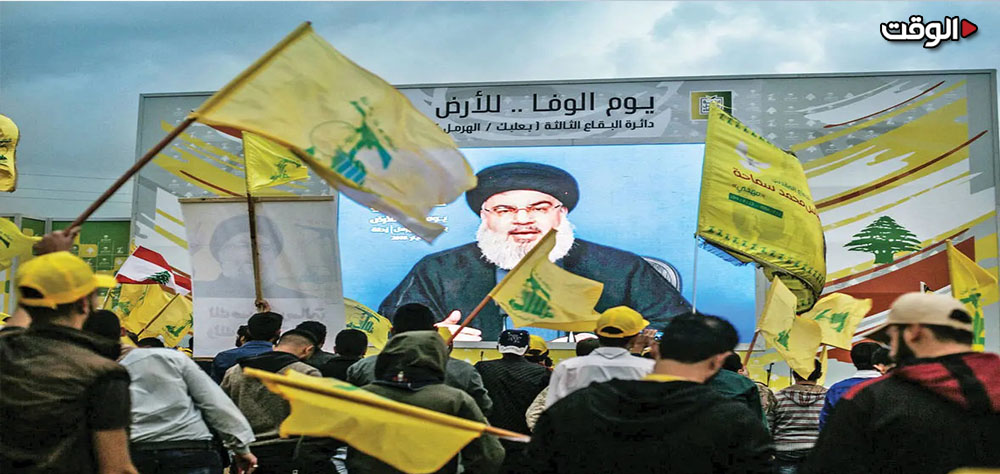Alwaght- A year after rise to power of the militias led by Ahmad al-Sharaa, better known for his nom de guerre Abu Mohammad al-Jolani, Syria is still grappling with dangerous upturn of the waves of violence and crimes the armed groups affiliated with Hayat Tahrir Al-Sham (HTS) are committing in various parts of the country. This situation not only threatens social and political stability, but also puts the pillars of Syria demographic composition at risk of collapse.
In this connection, over the past few days, the situation in the cities of Homs, Latakia, Tartus, Hama, and Aleppo has developed to a critical stage as tensions escalated in the coastal and central regions. Many of the people have taken to the streets to make themselves heard despite awareness about the risks of being violently suppressed by the militants ruling the country since December 2024.
An early statement by Sheikh Ghazal Ghazal, head of Syria's Supreme Council of Alawites, played a key role in galvanizing the current protest wave. He publicly called for peaceful sit-ins, warning that Syria is becoming an arena for sectarian score-settling.
He asserted that Alawites have always recognized governmental legitimacy based on law and never opposed rulers from other sects, but are now subjugated by a "takfiri and sectarian authority" that pursues policies of sectarian vengeance.
Following this call, thousands of Alawites and other citizens rallied in cities including Latakia, Tartus, Homs, Jableh, Baniyas, and Hama, alongside some rural areas. They chanted slogans condemning the suppression, arbitrary arrests, and killings of Alawites. Protesters also demanded federalization, the release of prisoners, and an end to sectarian policies by the interim al-Jolani administration. In a show of solidarity, residents of Al-Suwayda province in southern Syria also took to the streets in support of the Alawites.
The rapid spread of protests has been striking, revealing that anger over the deteriorating internal situation and the repressive measures of the al-Jolani regime has ignited a nationwide movement across coastal and central regions.
Simultaneously, the heavy deployment of armed forces in cities and the direct firing on protesters have escalated confrontations, raising fears that the crisis is descending into organized violence.
In this connection, the Syrian Observatory for Human Rights, a London-based monitoring group, reported that al-Jolani loyalists have attacked the properties and vehicles of the Alawites. The armed groups also desecrated prominent Alawite figures and sought to take control of neighborhoods in Alawite-majoroty cities using terror and intimidation. According to the report, the public security forces of the interim government have fired at the protesters and ran over some of them with government vehicles.
A smoldering rage of a year of crimes
Though al-Jolani in the beginning claimed he will respect the rights of the minorities, the heinous suppression, growing violence and killing of hundreds of civilians showed that militias still maintain their past terrorist nature. So, the Alawite protests are actually a reflection of the buried anger.
Initially, the a-Jolani government justified its crackdown on Alawites as “political retribution” against officials tied to the previous government. However, the violence did not stop, even after a wave of arrests targeting Bashar al-Assad's commanders and officials. Its character gradually shifted, taking on the nature of a sectarian vendetta. The militants increasingly prioritized suppressing civilians, a shift that drew the scrutiny of the international community.
In a recent report on the Jolani government's crimes, the Syrian Observatory for Human Rights stated: "Dozens of cases of abductions and mass grave burials have been documented across Syria in recent months, following al-Jolani's rise to power. The victims have included civilians, as well as former soldiers and local officials.”
So, the active presence of Alawites and other minorities in the streets, engaging in direct clashes with the terrorists, underscores the depth of the crisis. It also signals their fierce determination to resist a regime that has made violence and suppression its primary tools.
Social engineering; the policy for demographic composition change
The inherent violence of the armed groups' takfiri ideology stands in direct opposition to the fundamental policy of preserving stability in a country with a mosaic, multi-ethnic identity like Syria. Syria is a nation of remarkable diversity, where Alawites, Druze, Kurds, Christians, Sunnis, and other minorities have historically coexisted in a delicate balance. Each group has held a stake in the social, political, and economic fabric, and maintaining this demographic tapestry has been key to social stability and preventing sectarian or ethnic conflict.
However, the al-Jolani regime's management of social cohesion has been profoundly divisive and ineffective. Today, key political and administrative posts are overwhelmingly held by former terrorist elements, while minority groups are systematically excluded from any role in the governance structure.
This marginalization of minorities, combined with repressive policies, arbitrary detentions, and targeted attacks, has not only shattered social stability but has also severely damaged Syria's demographic fabric.
These measures risk permanently altering the demographics of various regions, potentially displacing original inhabitants and replacing them with populations aligned with the al-Jolani regime. This trend threatens to intensify sectarian, ethnic, and tribal tensions, fueling a dangerous identity-based conflict. The consequences of such a fire will not be contained within Syria's borders; the smoke will inevitably drift across, affecting neighboring countries as well.
Empty promises of al-Jolani
Upon his rise to power last December, al-Jolani attempted to project a reformed image, suggesting he could steer Syria from instability toward security and calm. However, neither regional powers nor the international community bought this facade. Many analysts argued that a regime built from dozens of disparate, and often ideologically opposed, armed factions was inherently incapable of political success. Now, less than a year into his rule, al-Jolani's anti-democratic actions are proving those assessments correct. His consolidation of a five-year presidential term, the staging of sham parliamentary elections, and a year marked by escalating protests and instability all point to a failed transition.
Even US officials, despite their initial satisfaction with the post-Assad power shift to terrorists in Syria, lacked strategic confidence in al-Jolani's ability to secure the country. For instance, last June, Secretary of State Marco Rubio warned of the potential for civil war and partition, stating, "US intelligence assessments confirm that, given the challenges facing the transitional government, Syria may be just weeks away from collapse and a full-scale civil war." A warning that appears to be materializing as a new wave of protests gains momentum.
Al-Jolani’s dark record
A look at the one-year performance of al-Jolani government shows that this government has been considerably inefficient in terms of security, economy, and national interests. It declined to respond to the Israeli attacks on Syria and literally ceded part of the south to the Israeli occupation. This failure, not only revealed his management weakness, but also questioned his government's ability to maintain territorial integrity as the essential pillar of national legitimacy and continuation of government, something damaging his political and security image at home and regionally.
Economically, al-Jolani's interim government has failed to deliver any tangible results. Despite repeated claims of cooperation with Western nations, it has made no progress in alleviating the pressure of sanctions or attracting the foreign investment crucial for Syria's reconstruction.
Socially, every minority group in Syria has now taken a stance against the al-Jolani regime. The widespread protests by Alawites and Druze, coupled with Kurdish groups' efforts to retain their weapons and resist the central government, are clear indicators of the interim government's failed policies.
In general, one year of al-Jolani's rule has demonstrated that the government's initial promises of stability and peace were merely a facade, designed to legitimize a campaign of violent suppression. The current situation in Syria, which is defined by a new wave of minority protests and escalating sectarian strife, paints a stark and foreboding picture of the dangerous path that lies ahead. This situation suggests that not only have al-Jolani’s policies failed to ensure security and stability, but also prompted fresh humanitarian, social, and political crises. Meanwhile, this alarming situation invites for urgent and decisive action, both from within Syria and from the international community, to prevent the nation's total collapse and curb the spread of violence.

